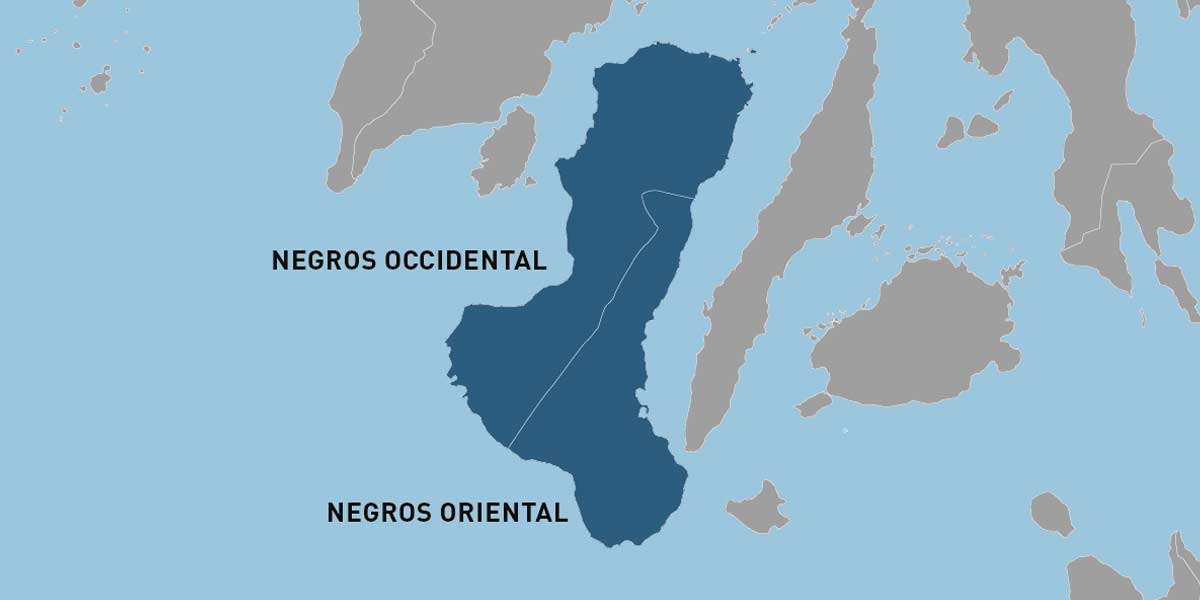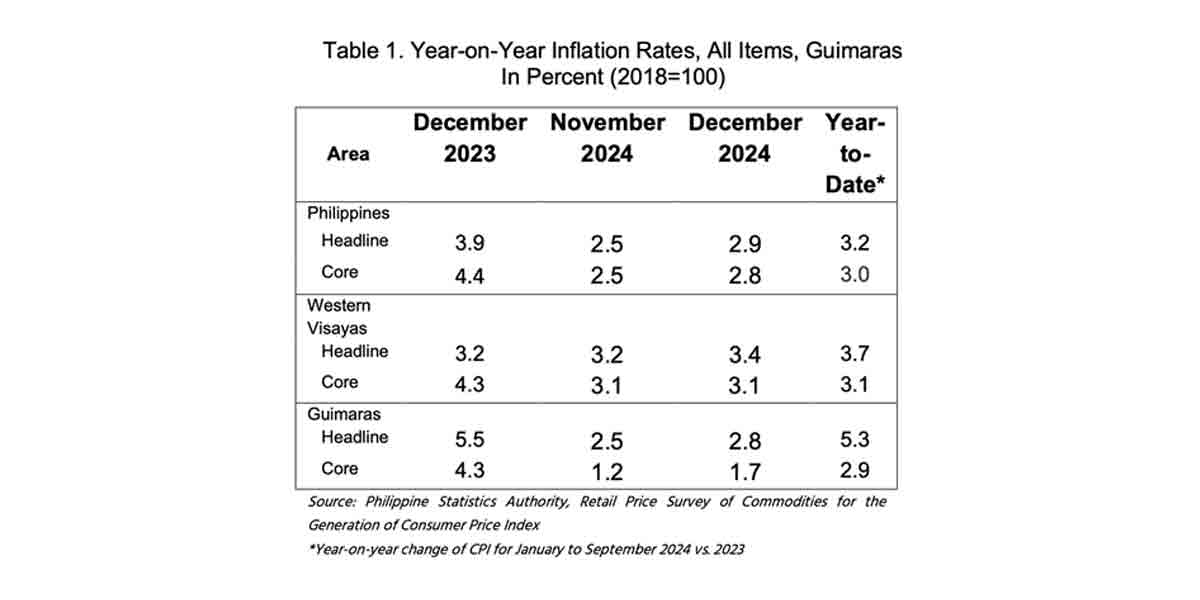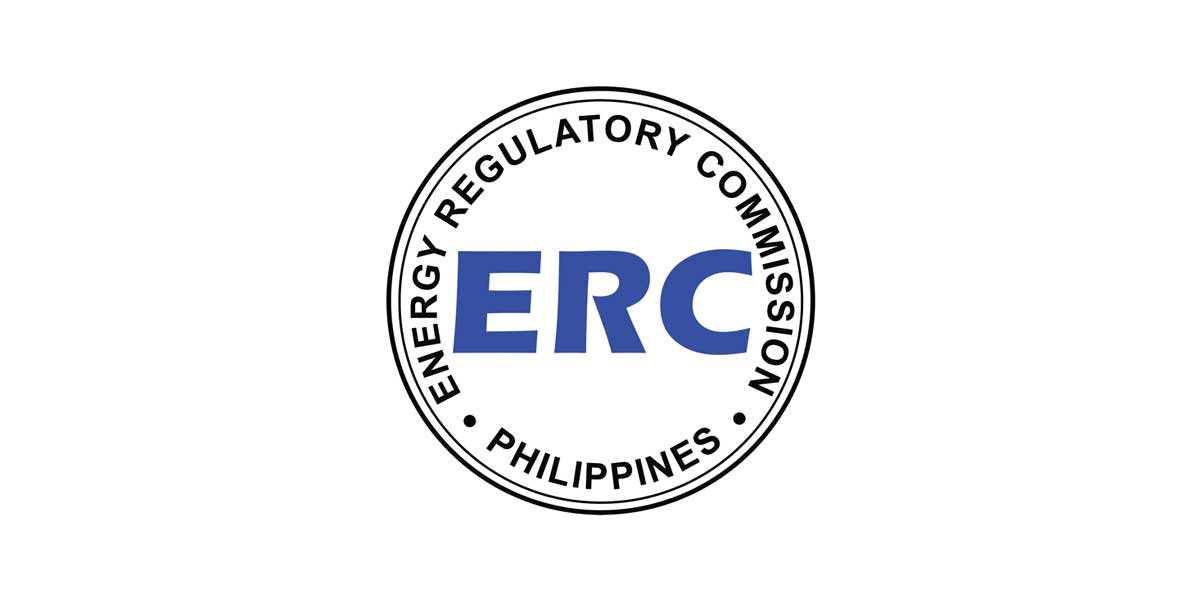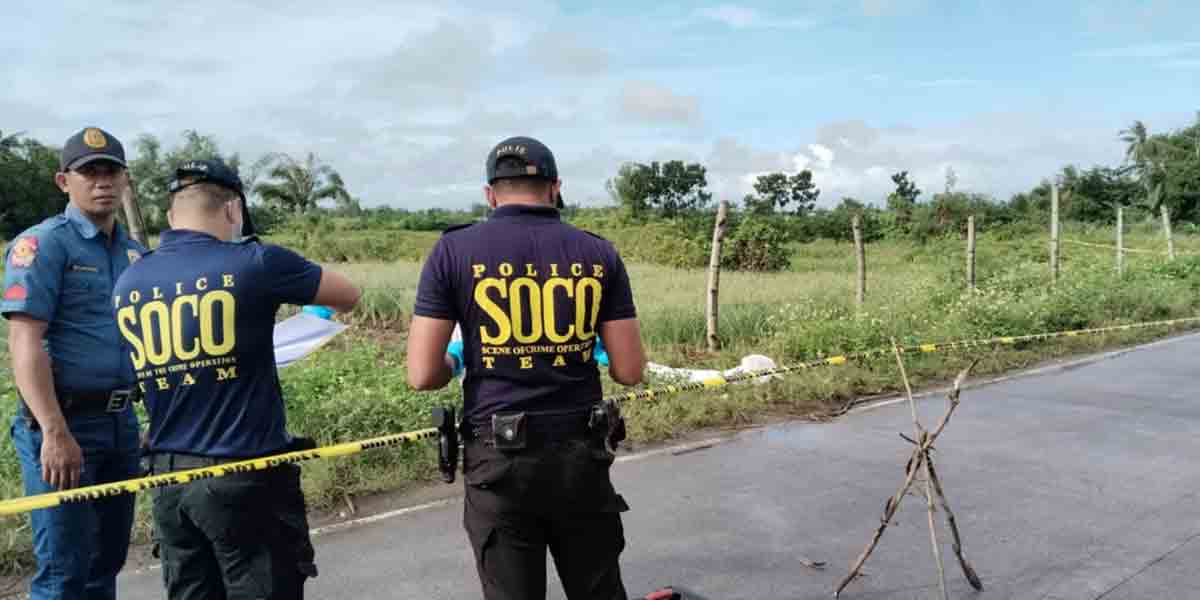By Gregory B. Poling and Simon Tran Hudes
The special summit between the United States and the Association of Southeast Asian Nations (ASEAN) is set to take place on May 12–13 in Washington, D.C. But even as the Biden administration aims to advance its foreign policy goals related to the 10-nation bloc, it will also want to take advantage of the opportunity to make progress bilaterally with strategically important partners, including Vietnam. Prime Minister Pham Minh Chinh will make his first trip to the United States for the summit and will give public remarks at CSIS. Judging by his recent visit to Japan, Chinh is likely to address a wide range of issues with U.S. counterparts, including trade, security, and Covid-19 recovery. The two partners have a chance to make important progress in these areas, as well as on people-to-people and historical issues specific to the U.S.-Vietnam relationship.
Trade and Climate Cooperation
Since the United States pulled out of the Trans-Pacific Partnership (TPP) trade deal in 2017, partners across the Indo-Pacific have pressed Washington to come up with a new economic engagement strategy for the region. The Biden administration’s answer, at least for now, is the Indo-Pacific Economic Framework (IPEF). The framework will not include market access provisions, which will disappoint Vietnam and other partners. But while the framework will not be the answer to the United States’ absence from free trade agreements like the TPP’s successor, the Comprehensive and Progressive Agreement for Trans-Pacific Partnership, or the ASEAN-led Regional Comprehensive Economic Partnership, it can be a step in the right direction. And the participation of Vietnam and other major Southeast Asian economies is strategically vital for the United States.
IPEF will consist of four, and possibly more, pillars which will operate as separate economic initiatives under the framework’s broader umbrella. The first pillar on trade is unlikely to garner much interest from Vietnam or any other developing economy given the lack of market access. But Hanoi and Washington are more likely to see eye to eye on at least two of the other pillars, covering supply chain resiliency and infrastructure and decarbonization.
Vietnam’s booming economy, emerging role in high-tech manufacturing, and critical need for a transition away from coal-fired power generation make it a critical partner on these fronts. Vietnam’s potential role as a robust partner, not just a recipient of U.S. aid, investment, and standards, was recently made clear by the eyepopping commitment by Vietnamese carmaker VinFast to build a $4 billion electric vehicle manufacturing campus in North Carolina. The company plans to employ 7,500 American workers by 2027. Vietnam is also a considerable exporter of solar panels and cells to the United States, though that relationship is threatened by the Department of Commerce’s investigation of Vietnam, along with Cambodia, Malaysia, and Thailand, for allegedly exporting Chinese-made solar components to avoid U.S. anti-dumping tariffs on China. The investigation is still underway, but a finding against the four Southeast Asian countries would be self-defeating for an administration determined to expand solar capacity at home. The four ASEAN countries provide 82 percent of the most popular solar components used in the United States. U.S. solar installation firms are now scrambling for supplies, shutting down construction sites, and considering mass layoffs.
When it comes to infrastructure in Vietnam, Hanoi faces a looming energy crunch and the decisions it must soon make will create path dependency—either for a less carbon-intensive future, or the inverse. Simply put, Vietnam needs more electricity, and it currently gets most of it from coal. During last year’s 26th UN Climate Change Conference in Glasgow, Prime Minister Chinh announced Vietnam’s goal of carbon neutrality by 2050. Vietnam has committed to expand wind and solar power generation and wants to increase the use of offshore natural gas and imported liquefied natural gas as a bridge to an all-renewable future. But it needs help to get there.
The Biden administration also faces pressure, both internal and external, to separate digital economy issues from the unappealing IPEF trade pillar. Vietnam is still unlikely to sign on to a separate digital trade agreement that lacks market access but inviting it to take part in those discussions would be fruitful. Vietnam is at a critical juncture when it comes to digital governance. Hanoi has shown interest in following Beijing’s model of strict data localization standards and restricted cross-border data flows. But its economic future would be better served by rejecting China’s model of walled online gardens. Even if a standalone digital pillar would not offer Hanoi sufficient inducements to accept U.S. preferred digital standards, bringing it into a dialogue on the subject and packing the other IPEF pillars with digital economy-related carrots could help keep Vietnam on the fence, rather than choosing China’s preferred model of digital sovereignty.
Security Cooperation and the Russia Problem
Economic ties between the United States and Vietnam are growing steadily more important to both countries. But the real driver of the political relationship between Hanoi and Washington has been their shared vision of regional security. Vietnam shares U.S. anxieties about China’s long-term revisionist intentions in Asia. Vietnam’s public and its elites consistently rank China as an external threat and evince considerable support for the role of the United States and other partners, including the Quad, in the region. That is why Defense Secretary Lloyd Austin made Vietnam part of his first tour of the region last year alongside ally the Philippines and strategic partner Singapore, which together anchor the U.S. security presence in Southeast Asia.
A month later, Vice President Kamala Harris visited Singapore and Vietnam. In a speech in Hanoi, she encouraged Vietnam and other South China Sea claimants to stand up to Chinese “bullying” tactics. The vice president failed to get agreement from her hosts to elevate the U.S.-Vietnam relationship to a “strategic partnership,” even though it works much more closely with the United States than with other partners who agreed to that label, like Australia and the United Kingdom. The episode was a reminder that while the security relationship has made remarkable strides—Washington only lifted an embargo on arms sales to Vietnam six years ago—Hanoi is determined to proceed with caution to limit as much as possible its tensions with China. That does not mean the relationship will not be elevated to a strategic partnership eventually; that seems inevitable given the convergence of interests. Nor should Washington stop suggesting it, at least in private, including during Prime Minister Chinh’s visit. If nothing else, the gesture shows that Washington is serious.
Despite converging interests, there is one point of unavoidable tension in the political and security relationship. Vietnam has so far refused to condemn Russia’s invasion of Ukraine, has abstained from all UN votes on the issue, and is unlikely to support sanctions targeting Moscow. Hanoi does not support Russia’s war. It has abstained rather than voting against the UN resolutions and allowed state media to report openly about the war (even if it avoids the word “invasion”), reflecting considerable sympathy for the Ukrainian cause among much of the Vietnamese public. During a visit to Hanoi this week, Japanese prime minister Fumio Kishida met with Chinh and said the two agreed that the sovereignty and independence of states must be respected and “changing the status quo by force is intolerable.” During their joint press conference, Chinh also pledged $500,000 in humanitarian assistance to Ukraine.
There are, however, practical limits to how far Vietnam’s government can alienate Russia’s without compromising its own security. More than 80 percent of Vietnam’s military equipment is Soviet- or Russian-made. It faces both maritime coercion from and a land border with China, which it views as a perennial threat. Vietnam repelled a Chinese invasion across that border in 1979 and fought a series of skirmishes with China over the next decade, both along the border and in the Spratly Islands. It faces regular gray zone challenges from China’s navy, coast guard, and militia which could escalate at any time, and must keep nearly 50 isolated outposts in the Spratlys provisioned against potential invasion or blockade. The invasion of Ukraine makes Russia a strategic liability to Vietnam, and Hanoi knows it. As a result, it will accelerate the diversification of its military procurement, as it has been doing since the annexation of Crimea in 2014. That will be a drawn-out process, and one that will contribute to the steady deepening of U.S.-Vietnam security ties. But in the interim, Washington will need to accept that Hanoi cannot risk its own military preparedness by overtly condemning Moscow.
Covid-19 Recovery
Vietnam is the third-largest recipient of U.S. Covid-19 vaccine donations, having already received nearly 40 million doses. And after a rough start, 80 percent of Vietnam’s population is fully vaccinated, but Covid-19 is far from over. The United States must continue to make vaccines available to Vietnam and the wider Indo-Pacific, including by following through on the Quad’s pledge to deliver 1 billion vaccines to the region by the end of the year. Supporting mechanisms to receive and distribute a steady supply of vaccine doses and boosters will be crucial to maintaining the progress made in the region toward a policy of living with Covid-19, and the economic and societal recovery that entails. During her visit to Hanoi last year, Vice President Harris launched a new Southeast Asia regional office of the U.S. Centers for Disease Control headquartered in Vietnam. Close cooperation with Vietnam will be vital to track and respond to the emergence of new variants and prevent uncontrolled Covid-19 hotspots in the region.
Legacies of War
Last but not least, the progress in the U.S.-Vietnam partnership has been made possible by determined efforts to address legacies of war. Vietnam’s assistance to the United States in recovering the remains of U.S. service members was key to the normalization of ties in the 1990s. Ongoing U.S. support for the clearance of unexploded ordnance and remediation of dioxin (Agent Orange) contamination has allowed the remarkable progress in ties since. During Secretary Austin’s visit last year, he met with Prime Minister Chinh, President Nguyen Xuan Phuc, and Defense Minister Phan Van Giang to discuss next steps in the process of addressing war legacies. He announced that the United States would establish a searchable database of U.S. government records to help Vietnam locate the remains of the approximately 300,000 remaining Vietnamese missing in action during the war. This is a valuable step, and the U.S. government needs to follow through. It also needs to sustain the progress on addressing war legacies, not only in Vietnam, but also in Laos and Cambodia.
Gregory B. Poling is senior fellow for the Southeast Asia Program and director of the Asia Maritime Transparency Initiative at the Center for Strategic and International Studies (CSIS) in Washington, D.C. Simon Tran Hudes is a research associate with the CSIS Southeast Asia Program.
Commentary is produced by the Center for Strategic and International Studies (CSIS), a private, tax-exempt institution focusing on international public policy issues. Its research is nonpartisan and nonproprietary. CSIS does not take specific policy positions. Accordingly, all views, positions, and conclusions expressed in this publication should be understood to be solely those of the author(s).
The Center for Strategic and International Studies (CSIS) is a bipartisan, nonprofit organization founded in 1962 and headquartered in Washington, D.C. It seeks to advance global security and prosperity by providing strategic insights and policy solutions to decisionmakers.





















